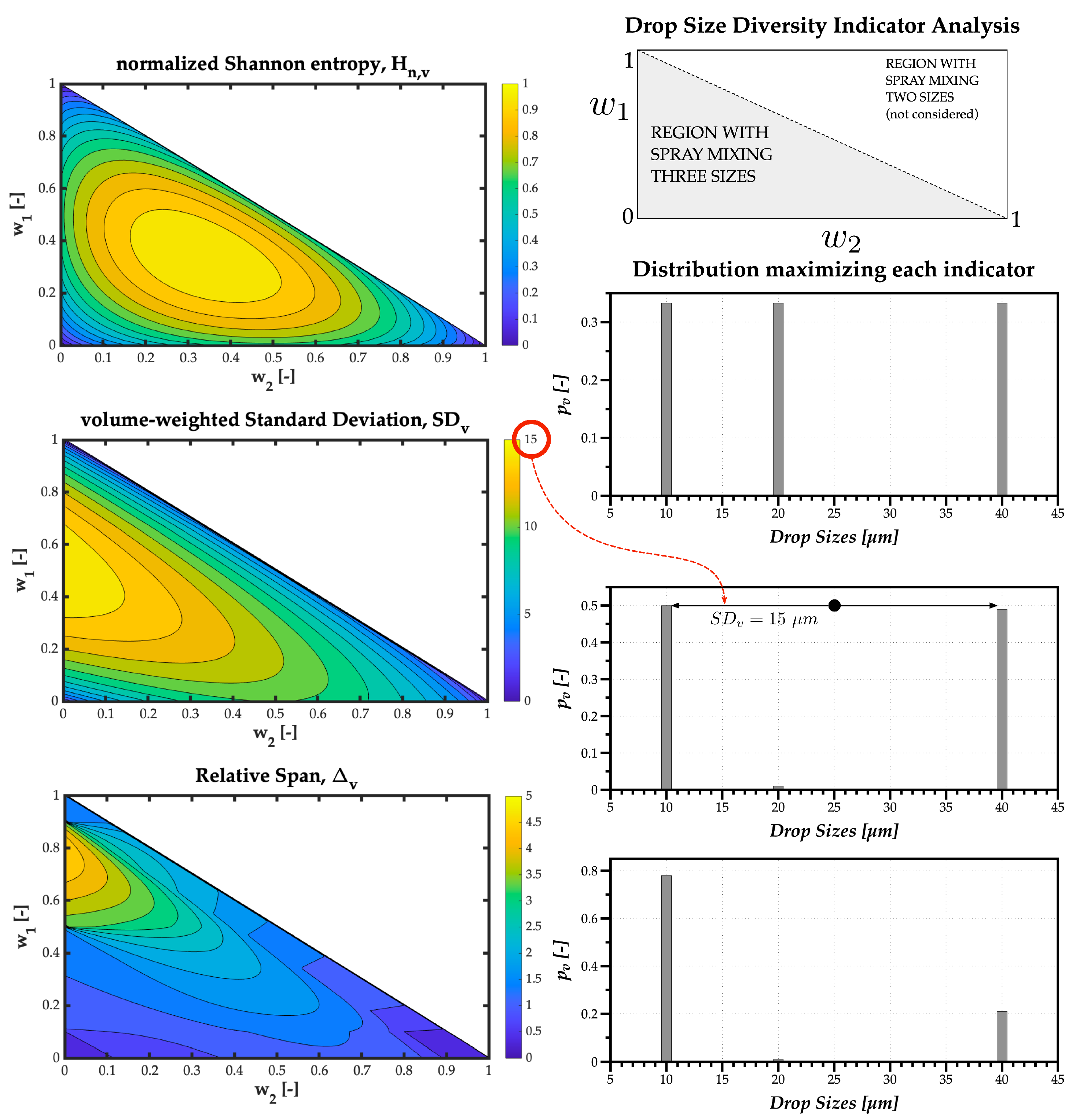

His profit target is placed at 2149,50 which is the outer band of the second SD. On this 10-minute chart the candle just closed below today’s VWAP and the trader opened a short position at 2151,50. The market is below yesterday’s VWAP levels and on the Weekly VWAP (not visible here) the market price is below the VWAP. This example shows a bearish day on the mini SP500 future. In the example above, which is a strong market day, you can see the market price going outside the second standard deviation, returing back in the band quickly and then staying in the band for a long time. With the exception of strong trading days, the market price will not stay above (below) the outer deviation level for a long time. The second standard deviation is an important level. Determining if it is a bullish or a bearish day can be done, for example, by using the Weekly VWAP. Today’s blue VWAP line is support on a bullish day and resistance on a bearish day. Yesterday’s VWAP lines can always be considered support or resistance. Traders focus on the three aspects of the VWAP explained in the following way: The purple chart background indicates 1 ½ hour so when it finishes the VWAP is (nearly) ready for use. The VWAP cannot be used immediately when the market opens as it is calculated on the basis of order volume! Depending on order volume, traders can start using the VWAP after 1 to 2 hours. This example shows yesterday’s VWAP levels (horizontal lines 1, 2 and 3), today’s VWAP (blue central line) and today’s second SD levels (A and B) on a 5-minute chart. The two second SD of today’s VWAP are resistance and support levels. Yesterday’s VWAP levels are today’s support and resistance levels.ģ. Traders mainly use three aspects of the VWAP for opening and managing positionsġ. Ībout 68.2% of all trades lie between the -1 SD and +1 SD and,Ībout 95.4% of all trades lie between the -2 SD and +2 SD. If trade prices are normally distributed. The first, second and third standard deviations (SD) of the VWAP are used to create the bands. It can be anchored at the start of the day, week, month, quarter or year. : Market indices, forex, stocks, commodities


 0 kommentar(er)
0 kommentar(er)
